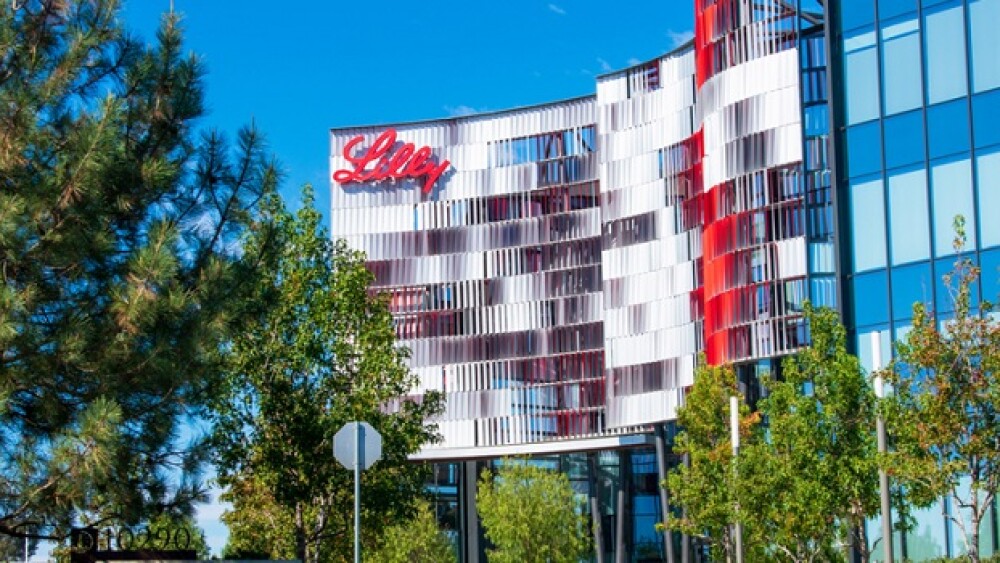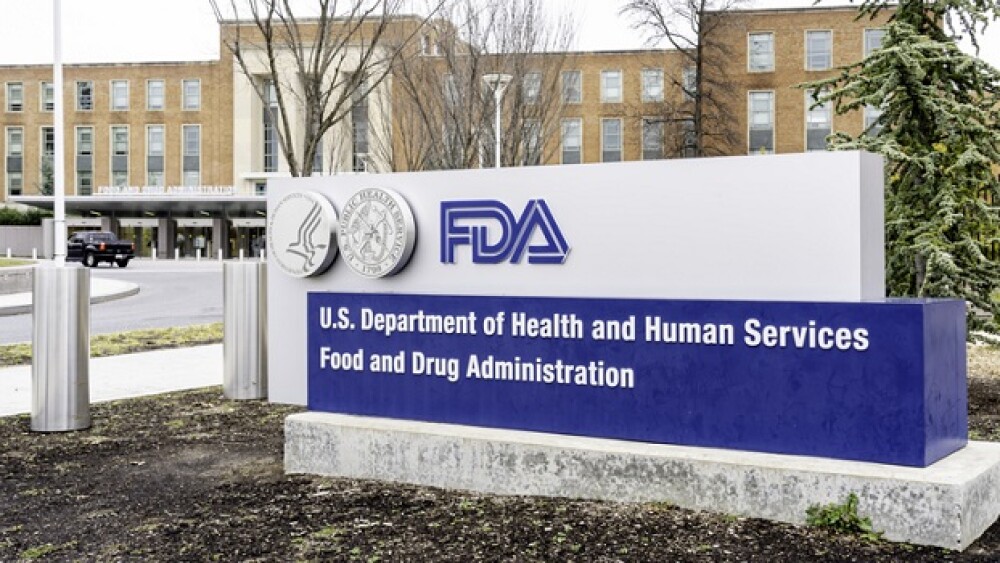In the first head-to-head trial of CGRP antagonists, Lilly’s Emgality failed to demonstrate that it was significantly better than Pfizer’s Nurtec ODT at easing migraine headaches.
Pictured: Eli Lilly building/courtesy of iStock, Michael Vi
Eli Lilly’s head-to-head CHALLENGE-MIG trial missed its primary endpoint Friday, failing to establish the statistical superiority of the company’s Emgality (galcanezumab-gnlm) over Pfizer’s Nurtec orally disintegrating tablets (rimegepant).
The proportion of patients who saw at least a 50% drop in the number of migraine headache days per month was statistically similar between the Emgality and Nurtec orally disintegrating tablets (ODT) arms, according to Lilly’s news release, indicating that response rates between the two migraine medicines were comparable.
Nonetheless, Lilly touted promising results for Emgality, noting that the therapeutic antibody achieved clinically meaningful efficacy and safety outcomes after three months of treatment compared with a placebo. Emgality was also better than Nurtec ODT regarding key secondary endpoints, though the treatment differences were only numerical, failing to satisfy statistical thresholds.
Lilly did not reveal specific data in its Friday release but said it would do so later this year.
CHALLENGE-MIG is the first and only head-to-head trial pitting two different calcitonin gene-related peptide (CGRP) antagonists against each other. The Phase IV double-blinded study randomly assigned 575 patients to receive four doses of 120-mg Emgality or 45 doses of 75-mg Nurtec ODT. Participants in the Emgality arm were also given placebo ODT, while those given Nurtec were also dosed with placebo injections.
Results from CHALLENGE-MIG validate the ability of Emgality “to work quickly and help patients improve their quality of life with less frequent dosing,” Anne White, executive vice president, Lilly and president, Lilly Neuroscience, said in a statement.
Aside from efficacy, CHALLENGE-MIG also looked at safety and found that both Emgality and Nurtec ODT had safety profiles consistent with what had previously been reported. There were no new concerning signals reported.
Migraine Match-Up
Emgality and Nurtec ODT belong to a class of migraine treatments called CGRP antagonists, which target the CGRP molecule, a known vasodilator that, when released in excess, induces inflammation in the brain and causes painful migraine attacks. CGRP antagonists bind to receptors, preventing CGRP molecules from exerting their inflammatory effects.
Lilly’s answer to the CGRP challenge is a monoclonal antibody that blocks the action of CGRP. Emgality was approved in June 2019 for the preventive treatment of migraines in adults and the treatment of episodic cluster headaches.
Emgality is administered subcutaneously with two consecutive loading doses followed by monthly doses.
In the first quarter of 2023, Emgality was one of Lilly’s top-selling drugs, bringing in $154.3 million in sales, up 3% from the same period the year prior. In 2022, the migraine antibody made $650.9 million, a 13% increase from its 2021 sales.
Meanwhile, unlike Emgality, Nurtec ODT is an oral migraine medication approved in February 2020 for adult patients. Nurtec ODT is recommended as needed for acute treatment, while the tablets are taken every other day for migraine prevention.
Nurtec ODT was initially developed by Biohaven, which Pfizer acquired in May 2022 for $11.6 billion.
Tristan Manalac is an independent science writer based in metro Manila, Philippines. He can be reached at tristan@tristanmanalac.com or tristan.manalac@biospace.com.






